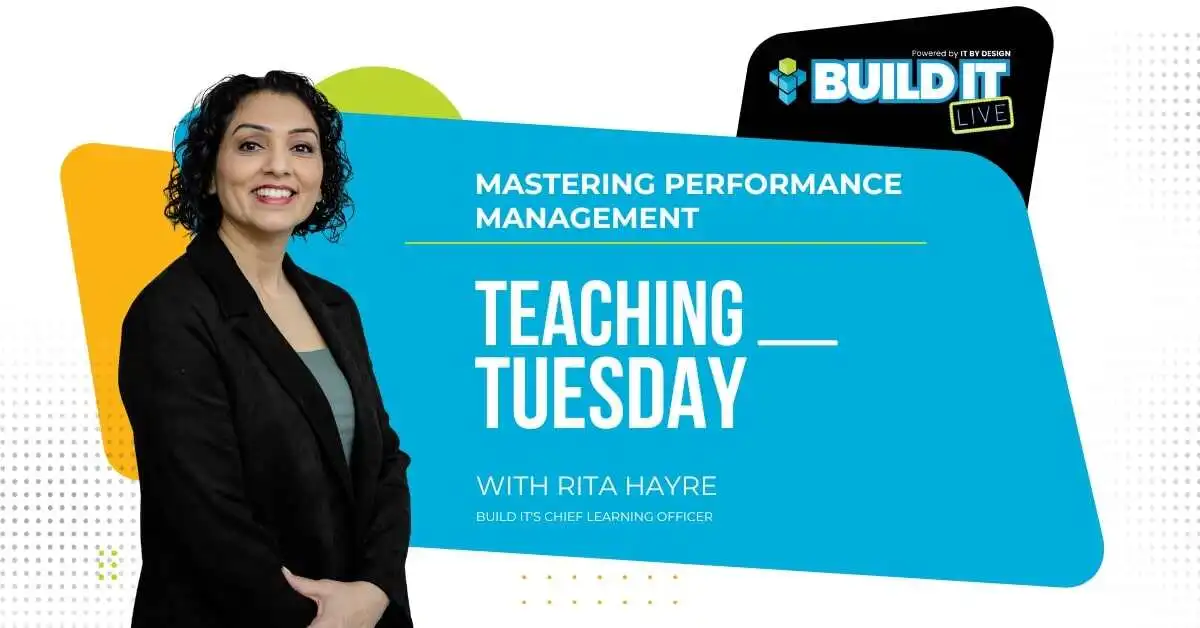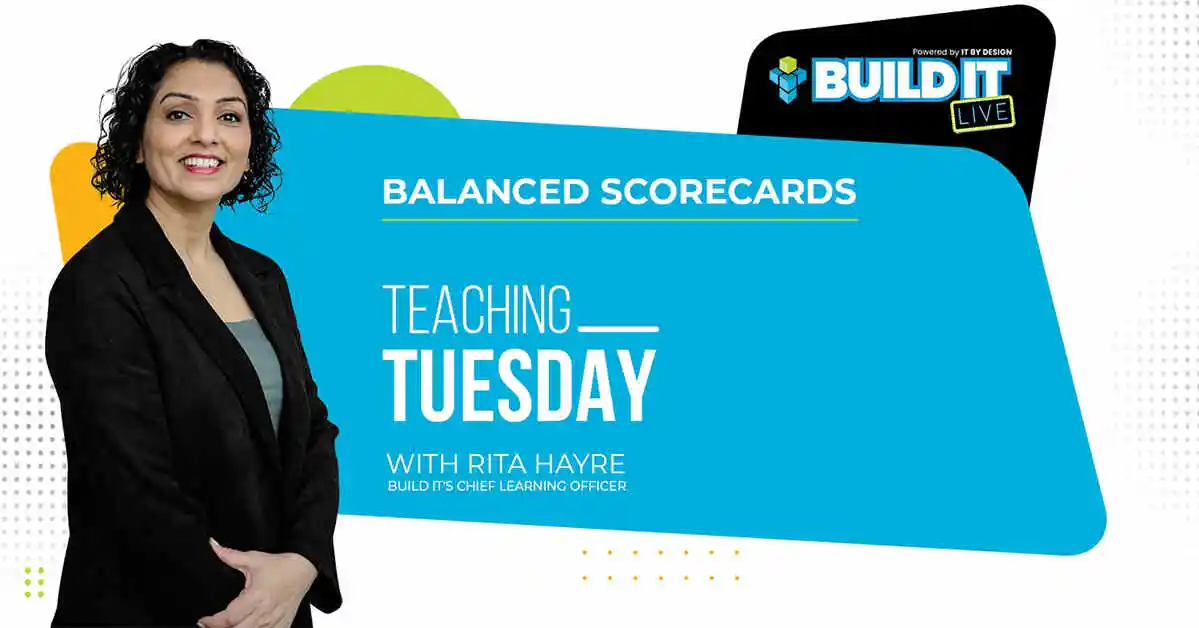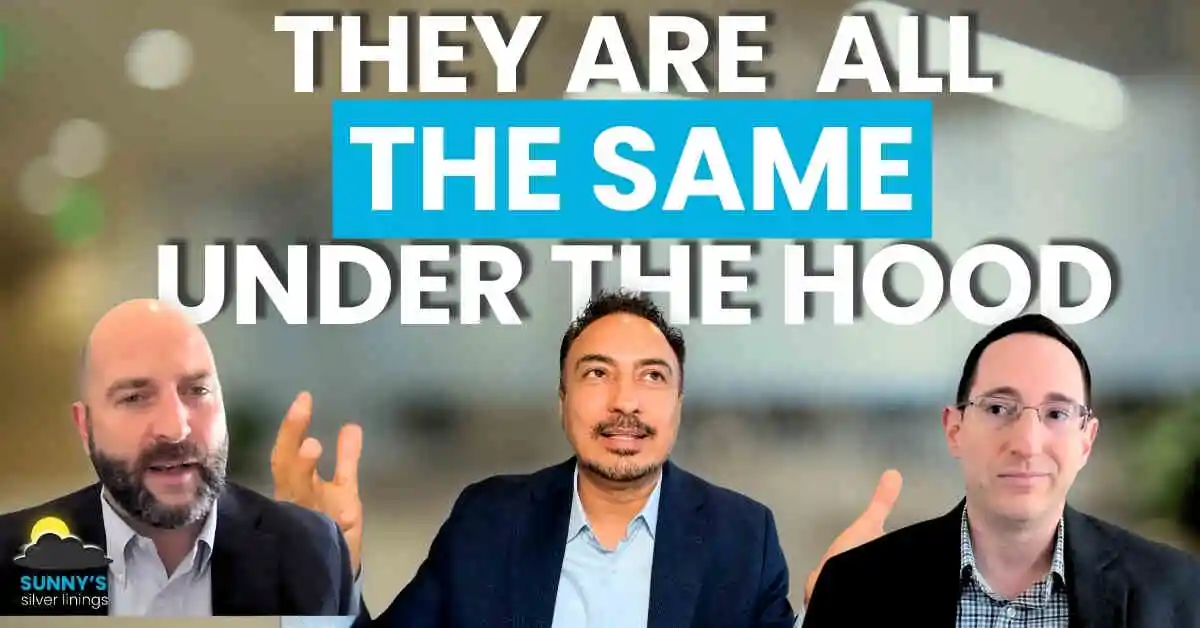The past couple of weeks I’ve talked about scorecards, and the role that they play in aligning individual contributions to the overall strategy. But scorecards serve another purpose – to provide an unbiased view of individual performance. When scorecards are rooted in objective measures, you can see where an employee is performing well, and where there is room to improve. That’s the core of performance management.
It’s worth mentioning right up front that performance management isn’t just for poor performers. There’s a whole set of tools and techniques for trying to get more out of marginal players on your team, but if you think about the 80/20 principle, you come to realize that performance management is for everybody. That’s because if 20% of your people are responsible for 80% of positive outcomes, there’s arguably more to be gained from improving the performance of the folks who are already your top performers.
Example: Taylor the Tech
Take the example of Taylor, one of your helpdesk technicians. Taylor has good technical skills, and a strong customer service mindset and is generally considered to be a valuable member of your team. You sometimes find yourself wishing you had three more Taylors. The best way to achieve that is to promote Taylor into a team leadership position.
You’re a bit nervous, though, because Taylor doesn’t have any leadership experience, and you’re not sold on Taylor’s ability to coach, motivate, or even organize the work of others. Worse, this stuff isn’t necessarily quantifiable on a scorecard.
An Easy 1-2-3 to Performance Management
That’s where a more progressive mindset with respect to performance management comes in handy.
First, crowdsourced feedback can help cover some of the knowledge gap on Taylor’s scorecard. Team GPS rewards are a good way to get a view – maybe Taylor’s doing more coaching than you realized.
Second, use your 1:1 meetings to discuss opportunities for Taylor to learn these skills, and create an iterative feedback process where you are intentional about mentoring Taylor to ensure those leadership soft skills are being actively developed. Having a positive, growth-oriented discussion on the agenda also prevents you from falling into the trap of your 1:1 meetings becoming vent fests, sidetracked by rabbit holes or overly focused on the problems of the day.
Third, set aside a few points on the scorecard for the specific competencies you feel Taylor needs to improve upon. This one’s simple – what gets measured can be improved.
In Conclusion
In other words, work with your top performers to help them get to the next level. Then move them to the next level, where they are now in a position to succeed, and where they can raise the standards of an entire team. Now you’ve gone from having one top performer to many, simply by raising the level of an individual star so that they can influence the entire team.
I’d be remiss if I didn’t mention that structured 1:1 meetings and 360 degree feedback are both features of Team GPS. You can do it the hard way if you want, but just know that an employee operating system makes it easy and you can book a demo here.







